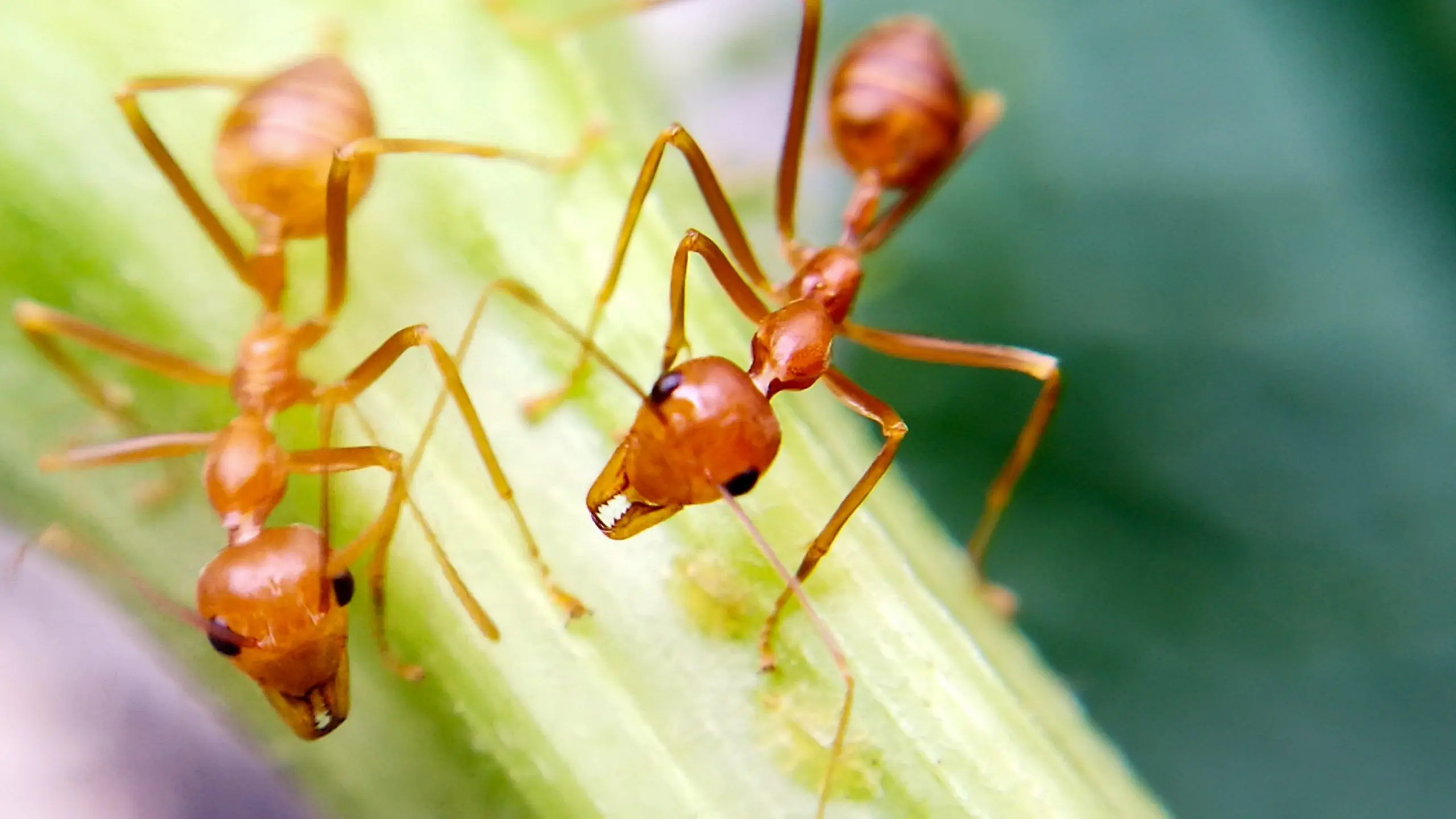As cities expand and climates shift, pest problems are increasing. Pest control professionals are turning to innovative solutions that are both effective and environmentally friendly. This blog explores the latest technologies shaping the future of pest management and highlights seven of the most groundbreaking advancements.
Key Takeaways
- Smart Pest Control: New technologies make pest control more precise, reducing chemical use and environmental harm.
- Latest Innovations: Smart traps, drones, AI, genetic control, and biopesticides are transforming pest management.
- Future Trends: Nano-technology, big data, and smart ecosystems will further improve efficiency and sustainability.
- Eco-Friendly Approach: The goal is to create safer, smarter, and more sustainable pest control methods for long-term success.
What is the New Technology in Pest Control?
Traditional pest control methods often harm the environment or non-target species. However, new technologies are revolutionizing the industry, enabling more precise, targeted, and eco-friendly pest management in Escondido Pest Control strategies. Here are seven cutting-edge techniques enhancing pest control today.
7 Most Recent Developments in Pest Control Technology
1. Smart Traps and Sensors
Smart traps use sensors and cameras to detect and capture pests instantly. These devices send real-time alerts to pest control professionals, allowing for immediate intervention. This method minimizes chemical usage and ensures prompt action.
2. Drone Surveillance
Drones equipped with high-resolution cameras can monitor large areas, identifying pest infestations with remarkable accuracy. This technology enables targeted treatments in Califonia reducing costs and environmental impact while improving efficiency.
3. Automated Pest Control Systems
Robotic systems now apply pesticides or natural pest deterrents with precision. These automated devices reduce human exposure to harmful chemicals and ensure that treatments are administered only where necessary.
4. Genetic Control Methods
Advancements in genetic engineering have led to innovative pest control solutions. Scientists can release genetically modified insects that are unable to reproduce, reducing pest populations without the use of harmful chemicals.
5. Biopesticides and Natural Predators
Biopesticides, derived from plants and beneficial bacteria, offer an environmentally friendly alternative to traditional pesticides. Additionally, natural predators such as ladybugs and parasitic wasps help maintain pest populations without disrupting ecosystems.
6. AI and Machine Learning
Artificial intelligence (AI) and machine learning analyze data from various sources—weather patterns, crop cycles, and pest behaviors—to predict infestations before they occur. This proactive approach allows for smarter pest control strategies.
7. Blockchain Technology
Blockchain technology improves transparency and efficiency in pest control by securely tracking pesticide applications, ensuring compliance with regulations, and verifying treatment effectiveness.
Innovations and Future Developments
1. Nano-Technology
Nano-sized pesticides and sensors promise unparalleled precision in pest detection and elimination, minimizing chemical waste and environmental impact.
2. Remote Sensing and Big Data
Advancements in remote sensing and data analytics will enable more accurate monitoring of pest movements, optimizing intervention timing and strategy.
3. Smart Ecosystem Management
Integrated pest control within broader ecosystem management ensures biodiversity conservation while maintaining effective pest control practices.
4. Personalized Pest Control
Enhanced data collection and analysis will allow pest control strategies to be tailored to individual farms or households, improving efficiency and effectiveness.
Frequently Asked Questions (FAQ)
1. How do smart traps improve pest control?
Smart traps use sensors and cameras to detect pests and provide real-time alerts, allowing for quick and precise intervention without excessive chemical use.
2. Are drones used for pest control safe for the environment?
Yes, drones enable targeted treatments, reducing the need for widespread pesticide applications and minimizing ecological harm.
3. What are biopesticides, and how do they work?
Biopesticides are derived from natural sources like plants and beneficial bacteria. They target specific pests while being safe for humans, animals, and the environment.
4. How does AI help in pest management?
AI analyzes data such as weather conditions, pest activity, and crop cycles to predict infestations, enabling proactive pest control measures.
5. What is the role of genetic control in pest management?
Genetic control involves modifying pests to reduce their ability to reproduce, helping control populations without the use of harmful chemicals.
6. Will nano-technology make pest control safer?
Yes, nano-technology enhances precision in pest detection and treatment, reducing chemical exposure and improving safety for both humans and the environment.
7. How does blockchain technology improve pest control?
Blockchain ensures transparency and efficiency in pest control operations by securely tracking pesticide applications and verifying compliance with safety regulations.
Conclusion
The future of pest control is being shaped by cutting-edge technologies that make pest management smarter, safer, and more sustainable. From AI-powered predictions to biopesticides and genetic control, these innovations are revolutionizing how we protect our homes, businesses, and crops. By embracing these advancements, we can effectively manage pests while maintaining environmental harmony.





